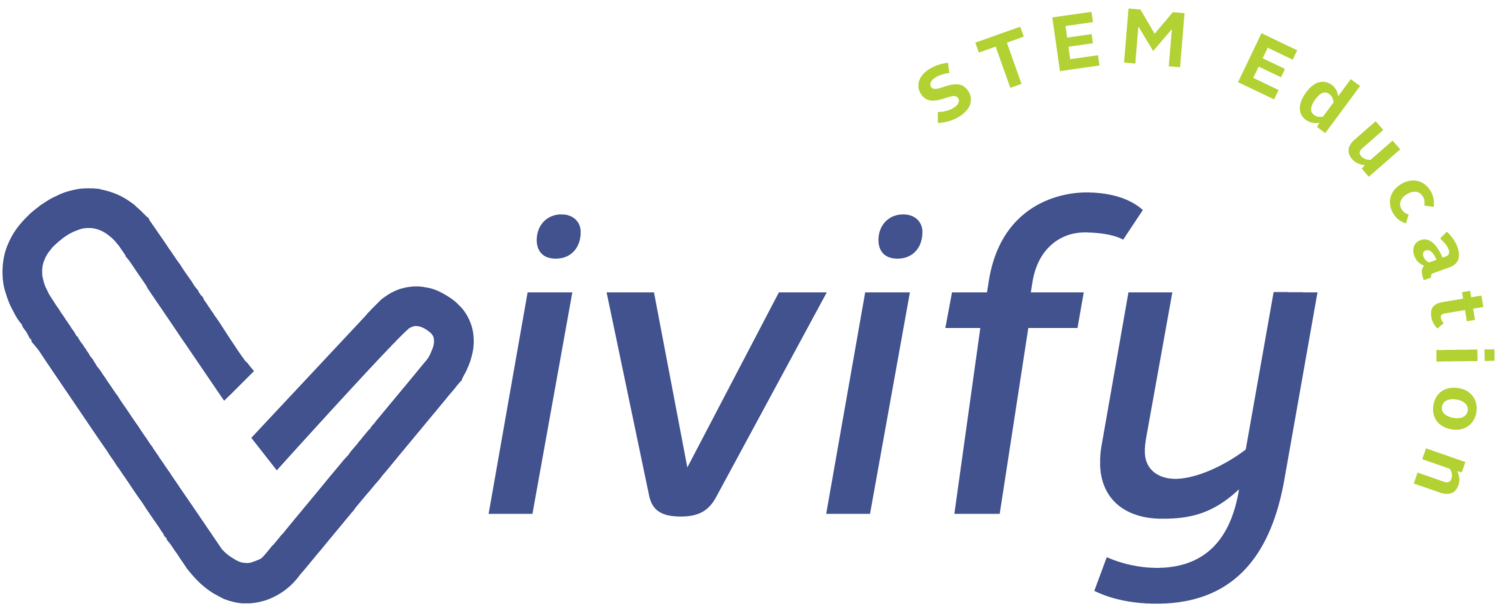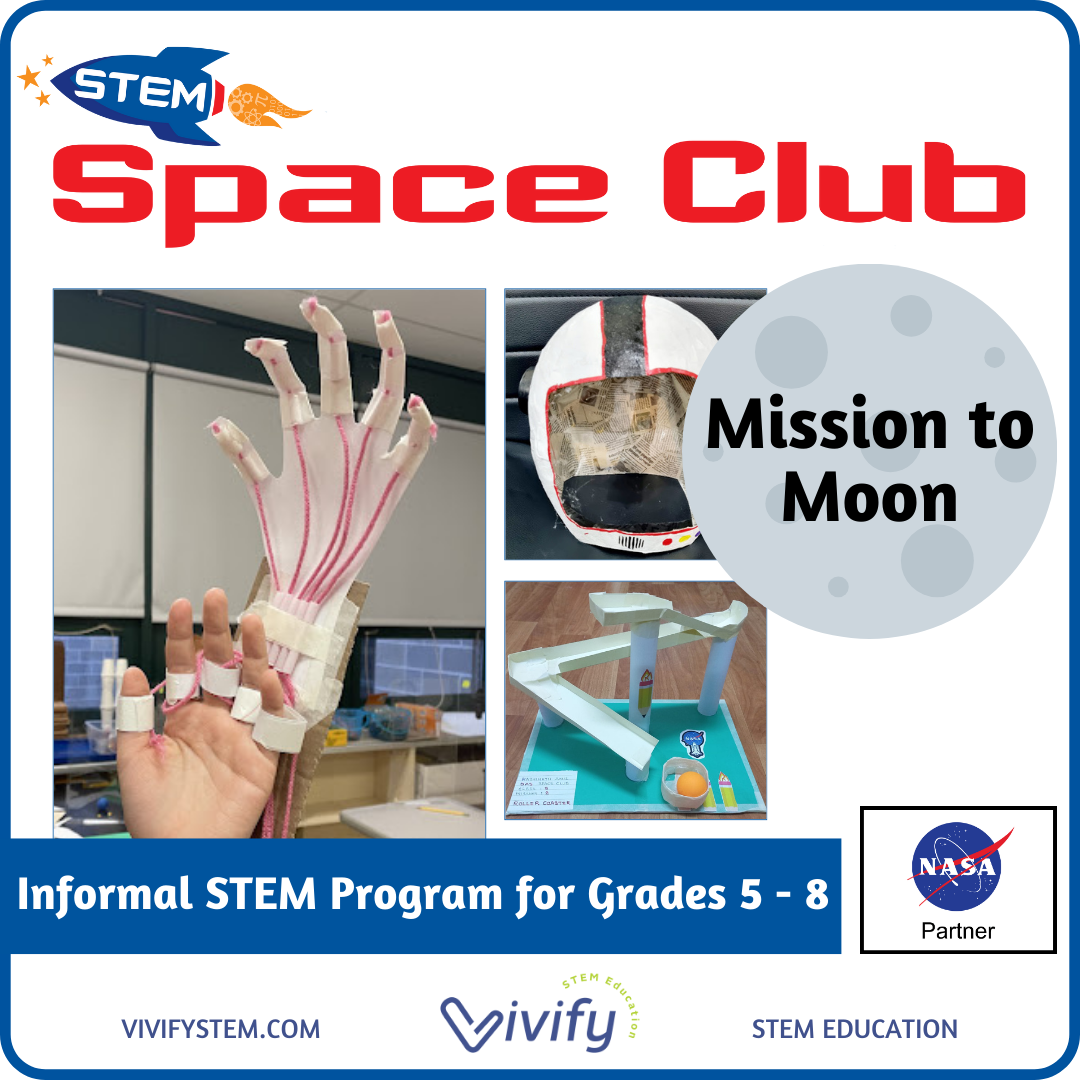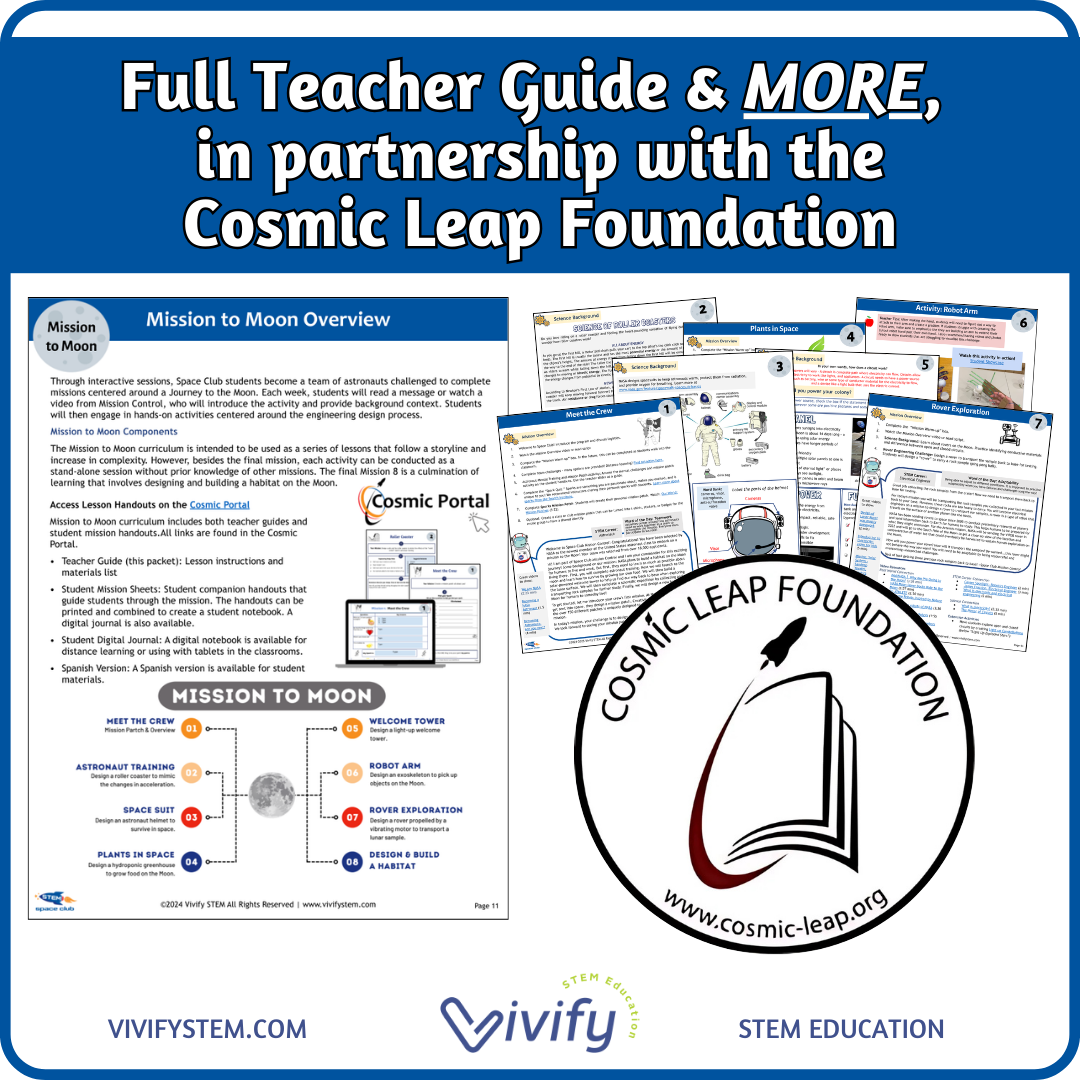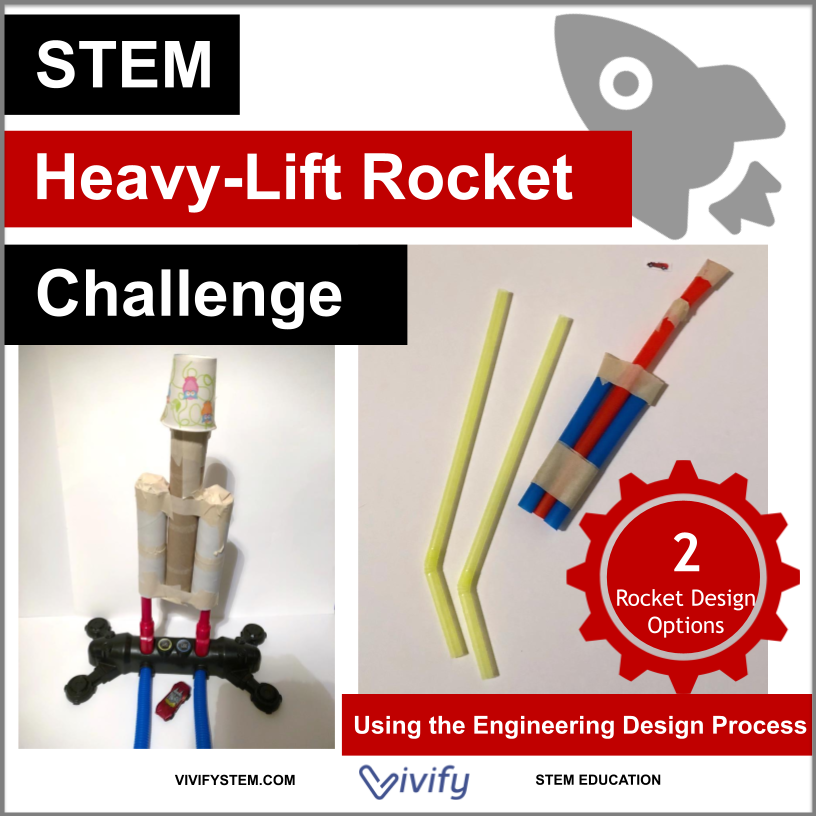“This was an amazing STEM PBL activity for my students. They were very engaged throughout the entire project, and it was simple to modify for elementary age students. They learned a lot, and were discussing how they could modify it even after we were done working on the project.”
Lesson Overview
Design a Space Lander Middle School STEM Unit
In this hands on challenge, students create a mechanical solution to solve a problem of landing on Mars. Inspired by the true story of NASA Flight Director Diana Trujillo, a Colombian-American aerospace aerospace engineer who played a key role on NASA’s Perseverance rover mission. The unit brings together engineering and physical science topics for an engaging design challenge. Learning from the landing of Perseverance, students use the engineering design process to create a lander to safely keep two ping pong balls inside a cup as it is dropped from various heights. The ping pong balls represent the astronauts that they need to keep safe as they land on Mars! The challenge incorporates key science concepts of shock-absorption, drag forces, surface area and stability.
Engineering Our Cosmos Storyline (Adaptable for Grades 6 - 8): Humanity has long looked to the stars with wonder. Now, we stand at the dawn of a new era, where engineers will lead the way to other worlds. Your mission: design the tools, technologies, and systems that enable human exploration and survival beyond Earth. Each challenge brings us closer to life among the stars—and drives innovations that improve life here on Earth. It’s time to start Engineering Our Cosmos!
A Mission to Land on Mars: In this unit, students will learn about NASA Flight Director Diana Trujillo, a Colombian-American aerospace engineer who helped make Mars exploration possible. At 17, Diana moved to the U.S. with just $300 and no English. While working as a housekeeper, she studied engineering and eventually became the first Hispanic woman accepted into the NASA Academy. Diana played a key role on NASA’s Perseverance rover mission, leading the team that developed its robotic arm, the tool responsible for collecting Martian rock and soil samples. But before Perseverance could explore, it had to survive one of the hardest parts: the landing.
Engineering Learning Goals in this unit include:
Real-World Connections: Learn how the Mars rover Curiosity landed on Mars and about robotic exploration of the red planet.
Making: Use materials to slow down a falling object. Use materials to absorb the shock of impact and keep an object upright. Re-design based on testing data.
Habits of Mind: Work as a team to build a design that solves a problem. Communicate ideas and provide feedback to peers.
Science: Explore and collect data on falling objects. Understand drag forces and how they change with object surface area. Learn about shock absorption and stabilization.
Technology: Learn about the technology of robotic rovers on Mars. Learn about the technology and careers related to landing a rover.
Math: Use observations to make informed design changes. Addition and division problems related to the project. Data tables and graphs.
Included in this product:
Aligned to: NGSS, TEKS, and ITEEA Standards
Complete Teacher Guide following the engineering design process
Materials list and activity suggestions
Editable teaching slides
Editable student handouts for each phase of the design process, including science background, STEM career connection, information on Diana Trujillo, and more!
Mission report and badges
Recommended Supplies:
Cotton balls
Index cards
Straws
Masking tape
Paper
2021 Science TEKS Standards Alignment (Texas)
Practices: 1A/B/D/E/F/G, 2A/B/C/D, 3A/B, 4A/B/C
Content: 6.8A, 6.7A, 7.7A-B, 8.6C, 8.7A






















